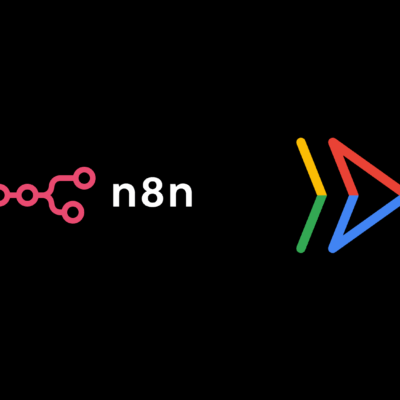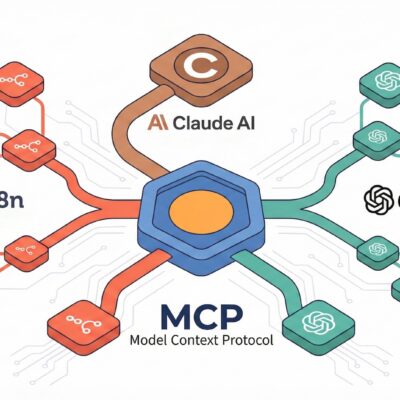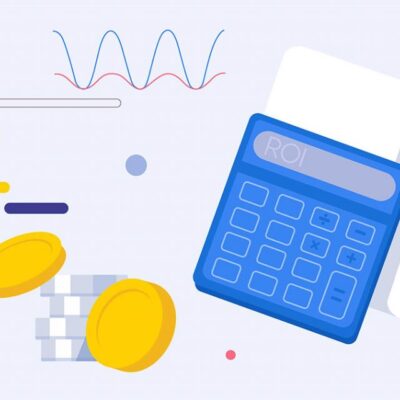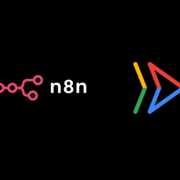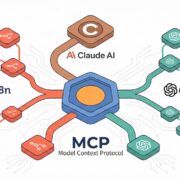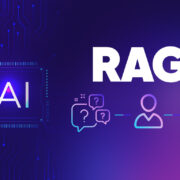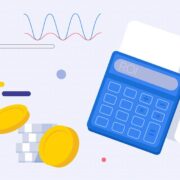For years, productivity revolved around tools, better calendars, smarter task managers, and faster note apps. But in 2025, the focus has shifted from what we use to how those tools think. This evolution is being driven by one concept: AI memory.
AI memory marks the next leap in intelligent work systems. Instead of static software that resets with every new session, AI memory allows digital tools to remember context, preferences, and goals. It’s what turns artificial intelligence from a helpful assistant into a true second brain.
What Is AI Memory, and Why Does It Matter
Most people use AI daily without realizing how forgetful it is. You start a chat, explain your situation, get a result, and the moment you close that window, it’s gone. The next time you ask for help, you repeat everything.
That repetition is the real productivity killer.
AI memory fixes that. It allows systems to retain your preferences, projects, and patterns across time and tools. Instead of starting from scratch, your AI continues from where you left off, remembering previous queries, files, ideas, and even tone.
It’s the difference between using a smart search bar and working with a teammate who already knows you.
The Rise of Context-Aware Workflows
Professionals today are drowning in context switching. Between emails, research, chat apps, and project tools, valuable time is lost just rebuilding the same context over and over.
AI memory enables context persistence, a concept that lets all your AIs (from chatbots to Chrome extensions) stay aware of what you’re working on. For example, if you brainstorm a campaign in one chat and summarize it in another, AI memory ensures both “know” the background.
Tools like myNeutron are pioneering this shift by linking memory across platforms. It doesn’t just help you chat smarter; it builds a memory layer that can be accessed in any AI tool you use.
The result: continuity, clarity, and a massive reduction in wasted effort.
How AI Memory Changes Daily Productivity
Here’s what AI memory does differently:
1. Eliminates Redundant Work
No more re-explaining your goals, style, or project details. Once an AI knows your preferences, it applies them automatically, across tasks, topics, and tools.
2. Boosts Accuracy and Consistency
By remembering previous interactions, the AI adapts to your communication style, terminology, and objectives. Your outputs get sharper and more aligned over time.
3. Enables True Collaboration
Imagine if every digital assistant on your team, from your writing AI to your research bot, shared the same background knowledge. That’s AI memory in action. It creates a shared foundation of understanding between humans and machines.
4. Saves Cognitive Energy
Instead of mentally bookmarking what your AI “should remember,” you just work naturally. The AI handles the recall, freeing you to focus on higher-level thinking.
AI Memory and the Evolution of the AI Second Brain
The phrase “AI Second Brain” isn’t just marketing; it’s a real concept built on the foundation of memory. Humans have always used external systems (journals, notes, apps) to extend their memory. Now, AI is taking that extension further by adding intelligence to it.
With AI memory, your digital second brain doesn’t just store, it understands.
It connects ideas, recalls details on demand, and evolves with your workflow.
That’s what makes myNeutron and similar tools transformative: they integrate this kind of memory seamlessly into your browser and daily work environment, effectively turning your AI tools into collaborators rather than one-off utilities.
The Competitive Edge of Remembering
In the next few years, AI tools with memory will create a noticeable productivity gap between users.
Those who adopt AI memory early will find themselves moving faster, not because they’re working harder, but because they’re never starting from zero.
Whether it’s writing, coding, designing, or managing projects, the ability to retain and reuse context changes the rhythm of work entirely. The old productivity model was based on speed; the new one is based on continuity.
Conclusion: The Next Step in Intelligent Work
AI memory is not a futuristic idea anymore; it’s the new foundation of intelligent work. By allowing AIs to remember, we remove the biggest bottleneck in digital workflows: repetition.
As AI becomes more personal, persistent, and context-aware, the tools we use will stop feeling like apps and start behaving like teammates.
The future of productivity isn’t about doing more; it’s about remembering better.

